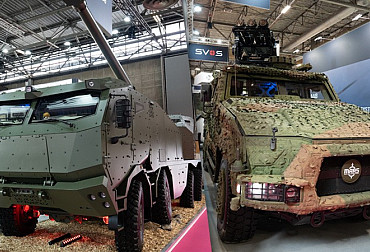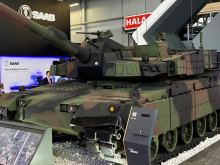We interviewed representatives of Rheinmetall, Lockheed Martin and PGZ at MSPO 2024
At the recent MSPO 2024 international defence industry exhibition in Kielce, Poland, we approached several selected foreign companies to learn about their current and future projects. For example, we contacted representatives of Lockheed Martin, Rheinmetall, Hanwha and PGZ, or HSW.
Video: We interviewed representatives of Rheinmetall, Lockheed Martin, Hanwha and PGZ at MSPO 2024 / CZ DEFENCE
At the stand of the US company Lockheed Martin, the manufacturer of the F-35 Lightning II multirole fighters, we were interested in future solutions for cooperation between conventional modern pilot-controlled aircraft and unmanned aircraft, the so-called Collaborative Combat Aircraft (CCA), also known as Loyal Wingman.
In this context, General Gary North, Lockheed Martin's Vice President and former combat pilot, confirmed to us that everyone within the U.S. Air Force is following the intentions of the U.S. Air Force Secretary and the entire team working on the CCA program to have over 1,000 of these drones capable of working with manned platforms such as the F-35 or F-22 by 2030. These types of unmanned aircraft, which most people call drones, are being worked on extensively and according to Gary North, these systems in the future will be very sophisticated, have advanced sensor and weapon capabilities and will be easily controllable from a manned aircraft.
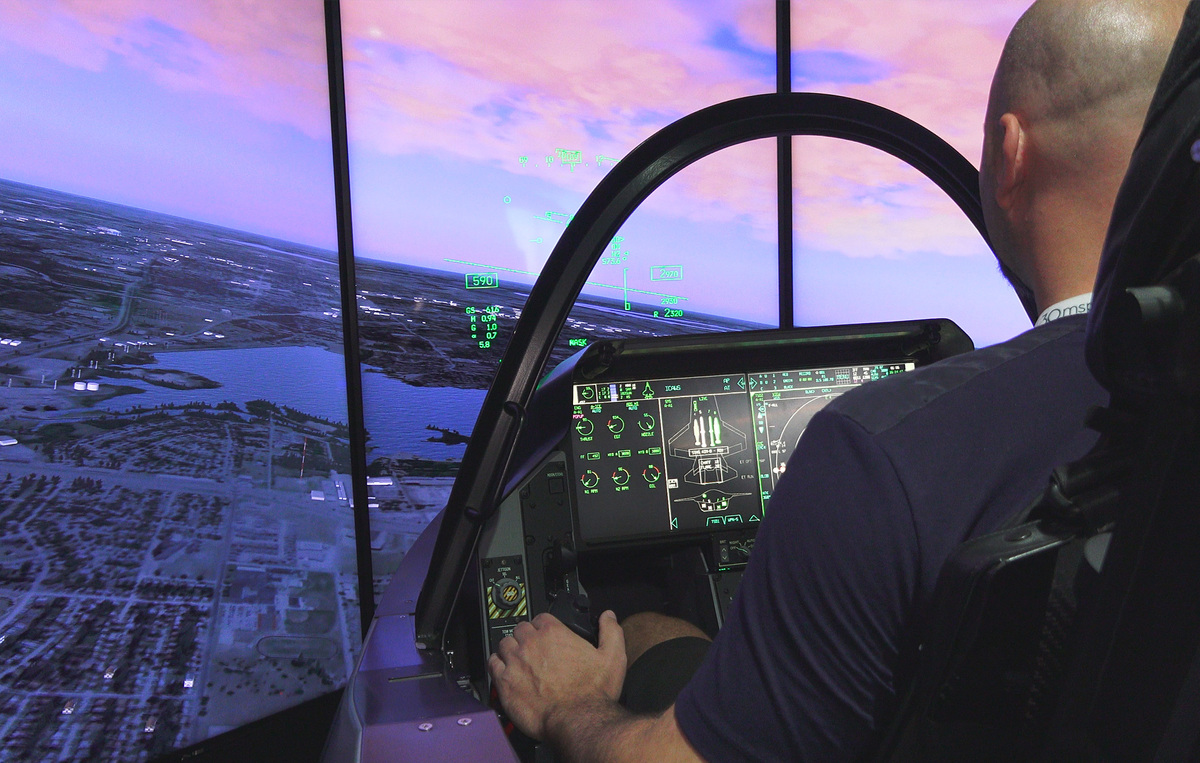
Among the exhibits of Rheinmetall, we were interested in the project of upgrading older versions of the Leopard 2 tank by replacing the original turret of these tanks with a modern Panther KF51 turret. According to Marius Meyering, Senior Vice President of Sales at Rheinmetall, this is a simple upgrade of older Leopard 2A4, 2A5 or 2A6 tanks by installing a very modern digitized Panther turret, which also allows for a 130mm gun as part of the upgrade. Meyering says this upgrade would be suitable for several hundred older Leopard 2 tanks now in service with armies around the world, adding that since the upgrade was first unveiled at Eurosatory in Paris, several potential customers have already expressed interest in the project. The overall upgrade is not technically demanding in terms of chassis modification, he says, just making some changes to the wiring is enough, but Meyering says a more in-depth chassis upgrade can also be offered, which logically comes at a higher cost. Speaking of cost, one of the main advantages of this upgrade should be the significant financial savings compared to buying a completely new tank.
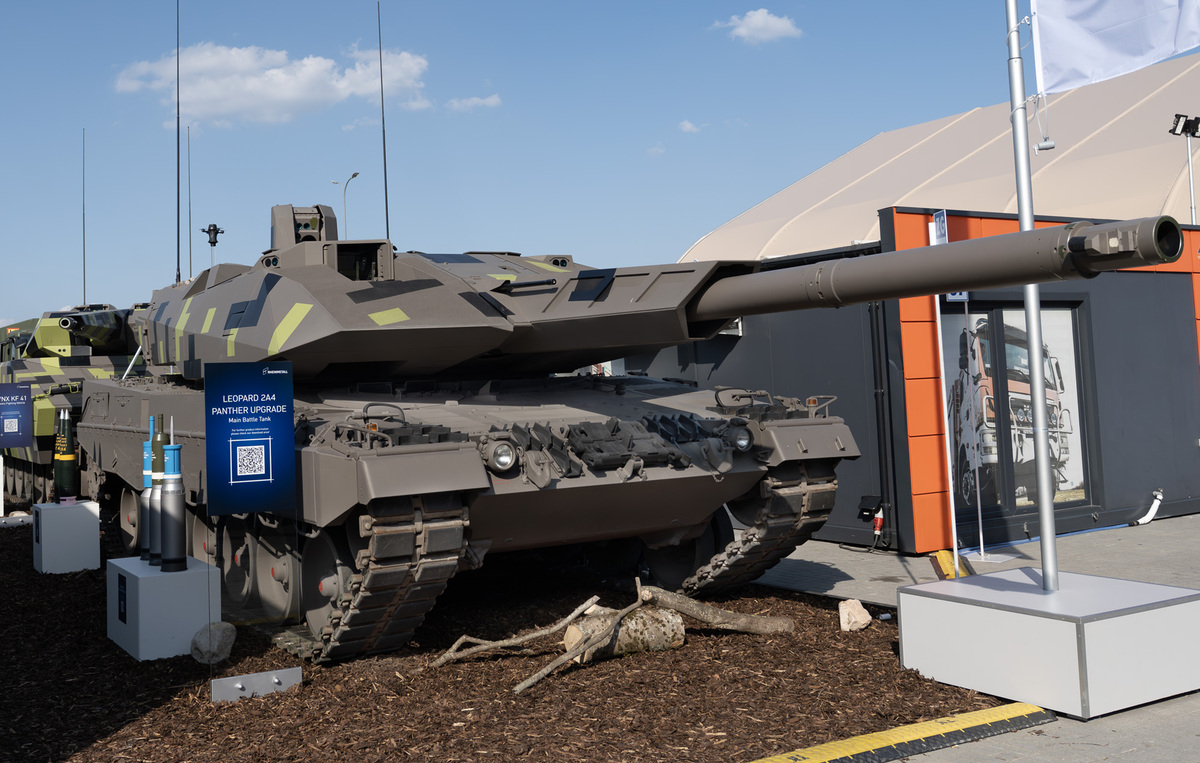
This year's 32nd edition of the MSPO International Exhibition once again confirmed the world-class level of this event, which is one of the most important in Europe, and where, in addition to the presentation of military equipment and systems, various business negotiations were also held and memoranda of understanding or contracts were concluded between global manufacturers and defence sector authorities.
Our next stop was at the Polish manufacturer HSW (Huta Stalowa Wola), a member of the PGZ Group (Polska Grupa Zbrojeniowa), which for the first time exhibited in Kielce the Heron armoured vehicle, which is the equivalent of the new Czech TADEAS vehicle on a Tatra 6x6 chassis in a version for the Polish market.
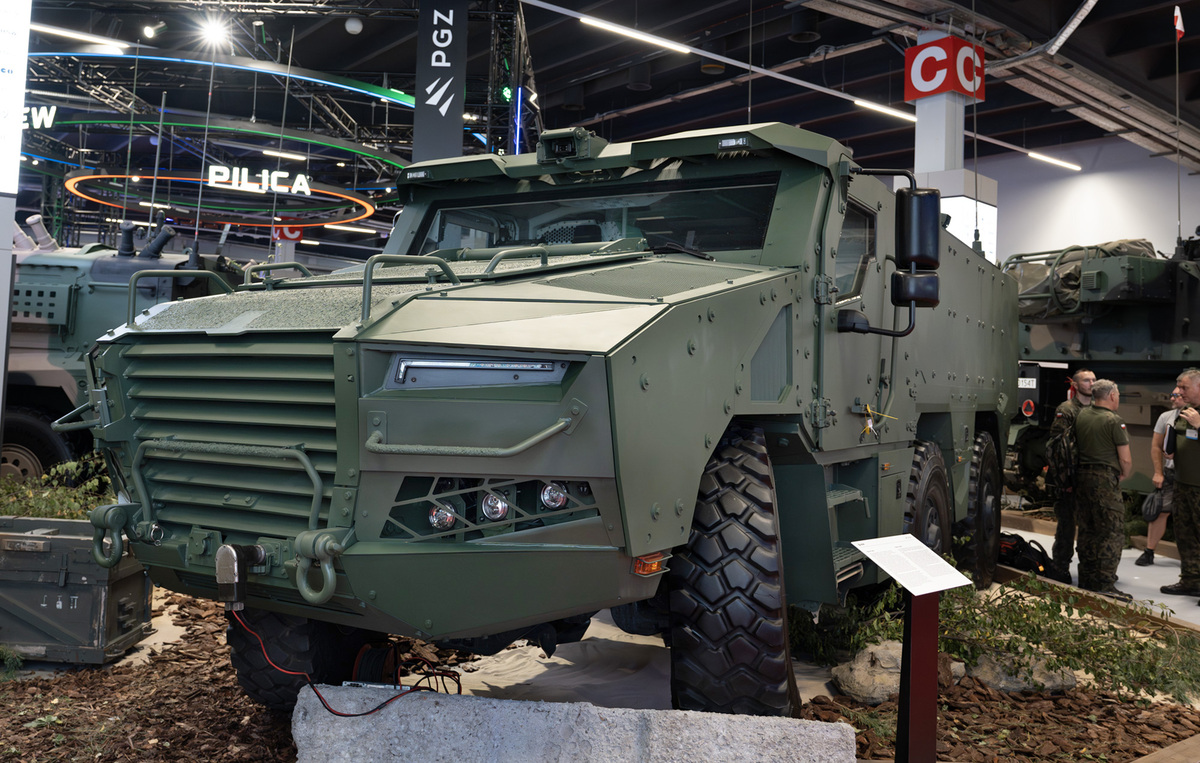
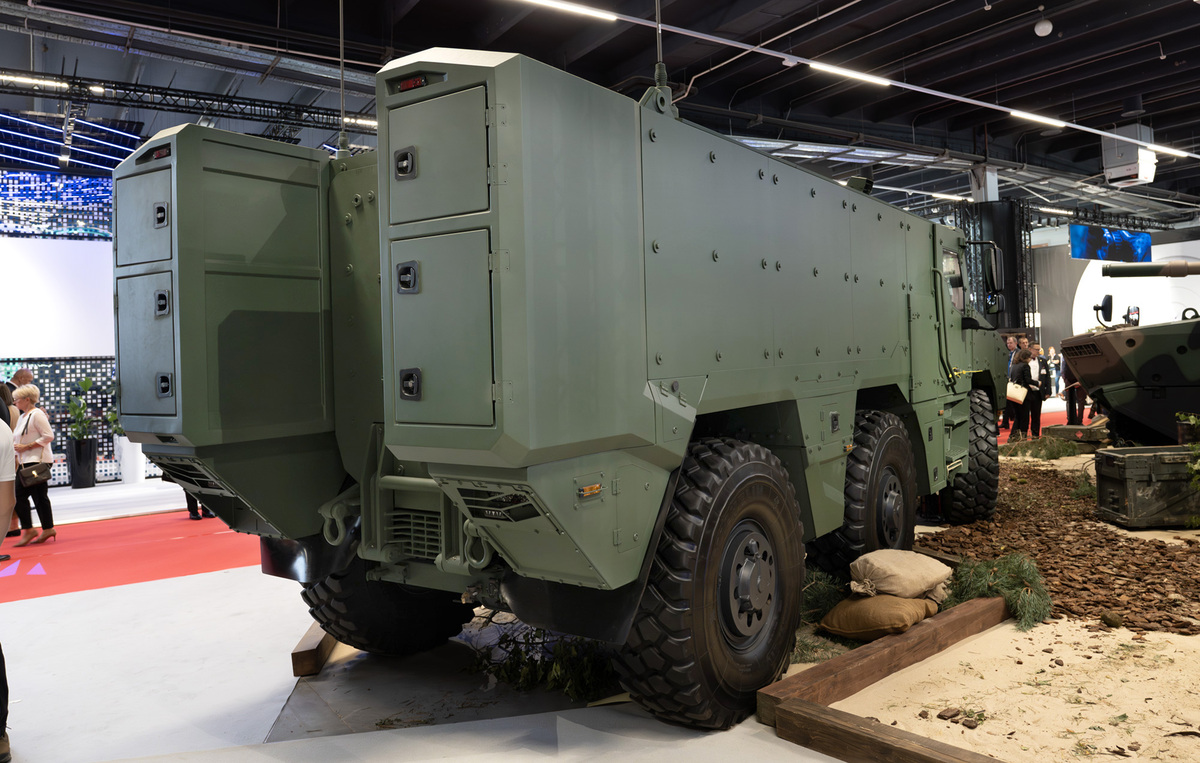
HSW's chief sales representative Patryk Kraszewski told us that the Heron was tested in Poland a few months ago as part of an experimental exercise in which the Polish army is testing new innovations, and the feedback from Polish soldiers on the vehicle has been very good. HSW is expected to produce the Heron vehicle in a command version for the Polish artillery and rocket artillery, but due to current agreements and a friendly relationship with Czech manufacturer Tatra Defence Vehicle (TDV), other variants, such as a vehicle for medical evacuation of the wounded and so on, may be produced in the future.
At the South Korean manufacturer Hanwha, we were interested in the world's favourite self-propelled howitzer K9 Thunder, more precisely in its latest version K9A2, which is still being developed. According to Boohwan Lee, CEO of Hanwha Aerospace Europe, this version has a number of improvements, including full automation of the howitzer's reloading system within the unmanned turret, resulting in a reduction in crew size from the original five (operating on the K9A1) to three.
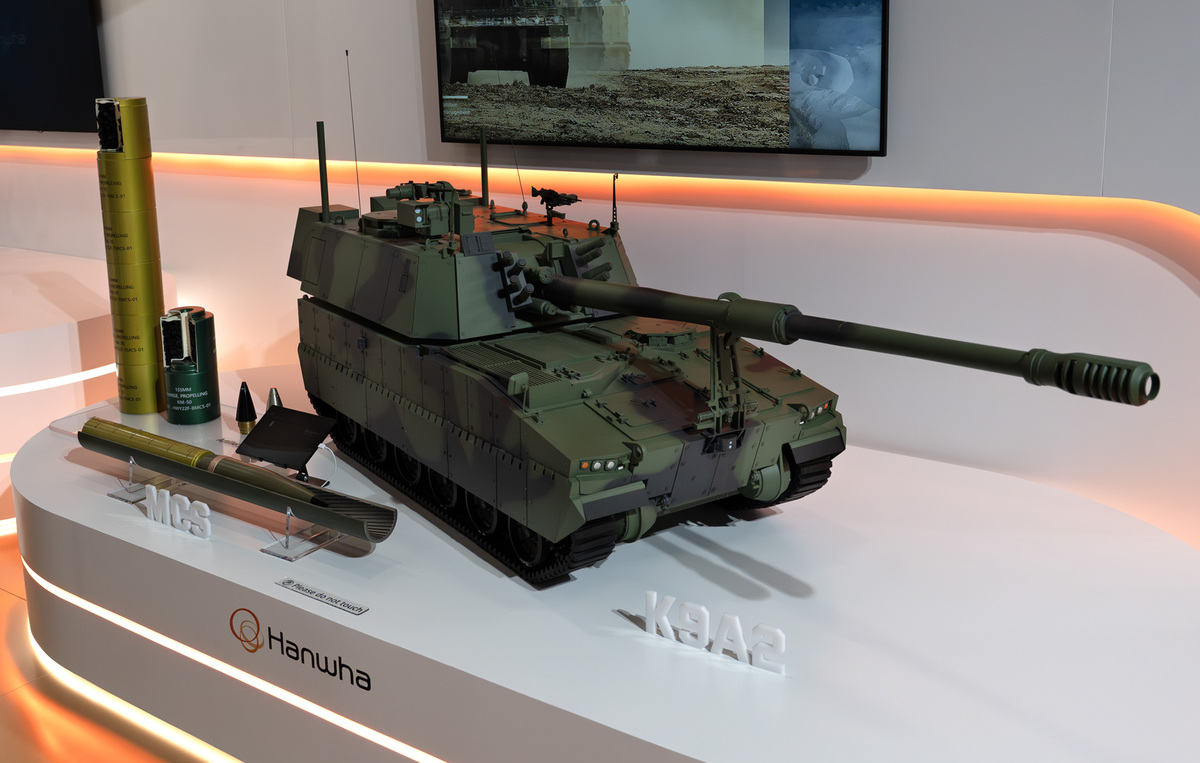
The K9A2 also has a number of ballistic and mine protection enhancements and includes various other features to better protect the crew. The second generation K9 Thunder howitzer is expected to be ready for sale in 2026. Boohwan Lee also revealed that Hanwha is currently developing the next generation K9 Thunder howitzer, the K9A3 crewless fully autonomous system.















